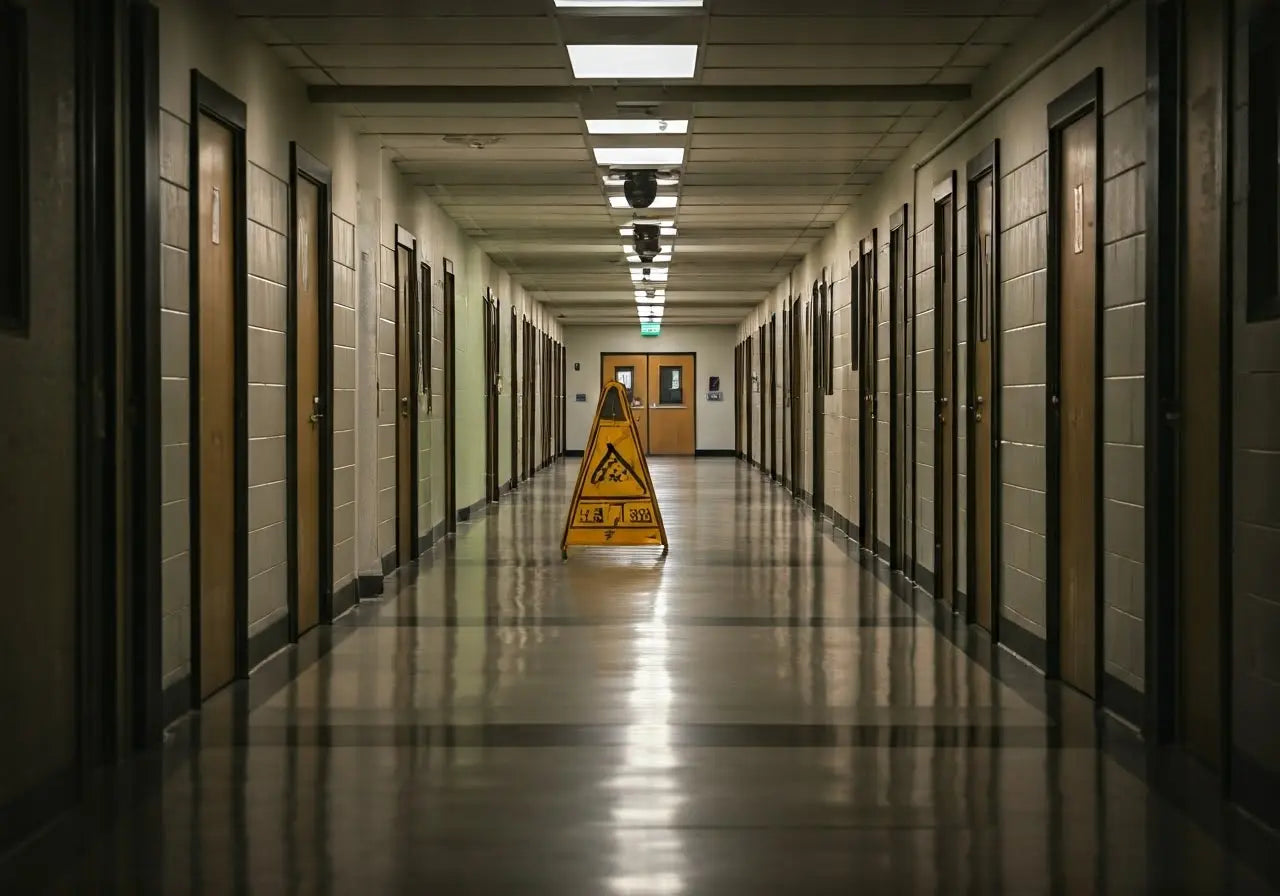In today’s world, keeping our schools safe is more important than ever. With the increasing prevalence of mobile communication, schools have new tools to ensure the security and well-being of students, staff, and parents. Let’s explore how mobile communication can play a critical role in enhancing school safety.
The Role of Mobile Communication in School Safety
Mobile communication devices such as smartphones and tablets have become ubiquitous in our daily lives. In the context of school safety, they offer unique advantages for swift communication and coordination during emergencies. With apps and instant messaging, schools can distribute important information quickly and efficiently.
The use of two way radios in schools can further enhance this communication system. These devices are particularly useful for ensuring that key personnel, such as teachers, administrators, and security staff, can stay in constant contact. This continuous line of communication is vital for managing both everyday activities and unexpected incidents.
Moreover, mobile communication can be integrated with other safety tools. For example, surveillance systems synchronized with mobile devices enable real-time monitoring and quick dissemination of video feeds. This allows school administrators to respond promptly to any suspicious activities, making every second count during critical situations.
Real-Time Notifications and Alerts
One of the most significant benefits of mobile communication is the ability to send real-time notifications and alerts. In case of an emergency, schools can immediately inform students, staff, and parents about potential threats or necessary actions. This prompt communication can save lives and prevent chaos.
Applications designed for school safety, such as emergency notification systems, ensure that alerts are delivered promptly and accurately to everyone in the school community. The ability to provide real-time updates means that everyone is aware of ongoing situations, minimizing misunderstandings and promoting coordinated responses.
Besides emergencies, real-time notifications are also useful for everyday activities. Schools can use these systems to inform parents about schedule changes, school closures due to weather conditions, or other important announcements. Such transparency helps build trust and keeps everyone in the loop at all times.
Enhancing Communication between Staff and Authorities
Effective communication between school staff and local authorities is crucial during emergencies. Mobile communication tools facilitate this interaction, allowing for rapid response and coordinated efforts. Apps designed for emergency situations can help bridge the gap and ensure everyone is on the same page.
For instance, schools can establish direct lines of communication with local law enforcement through dedicated channels. This setup ensures that information about potential threats or ongoing incidents is shared instantly between school officials and police. This coordinated response can significantly reduce the time needed to address and neutralize threats.
Furthermore, integrated communication systems can provide schools with access to valuable resources such as live security updates and expert advice from authorities. This additional layer of support helps schools better manage emergencies and implement effective safety measures.
Empowering Students and Parents
Mobile communication also empowers students and parents by keeping them informed and involved. Schools can use apps to share updates on safety protocols, daily activities, and any disruptions. This transparency fosters trust and ensures that everyone is aware of how to stay safe.
Involving parents in the communication loop is especially important for maintaining a sense of community and support. Mobile apps can send updates directly to parents’ smartphones, keeping them informed about their children’s safety and well-being even when they are not physically present at the school.
Furthermore, schools can use mobile communication tools to conduct safety drills and training sessions for students and parents. These activities help everyone understand their roles in maintaining a safe school environment, ensuring that they are prepared to act appropriately in case of real emergencies.
Overcoming Challenges and Ensuring Privacy
While mobile communication offers many benefits, it also brings challenges such as data privacy concerns and potential misuse. Schools need to implement robust security measures to protect sensitive information and establish clear guidelines on the appropriate use of mobile devices within the school environment.
Data privacy is a major concern for schools, and they must ensure that students’ and staff’s personal information is safely managed. Implementing encrypted communication channels and adhering to data protection regulations can help mitigate these risks. It’s essential for schools to regularly update their security protocols to keep pace with evolving technology threats.
Additionally, educating students and staff about responsible mobile device usage is crucial. Schools can create policies that outline acceptable behaviors and the consequences of misuse. By promoting digital citizenship, schools can foster a culture of respect and safety both online and offline.
Embracing Mobile Communication for Safer Schools
Mobile communication offers a powerful and flexible solution for enhancing school safety. By enabling real-time alerts, ensuring quick response times, and fostering comprehensive communication, these tools help create a safer and more secure environment for everyone. As technology continues to evolve, schools that embrace mobile communication will be better equipped to protect and support their communities.


